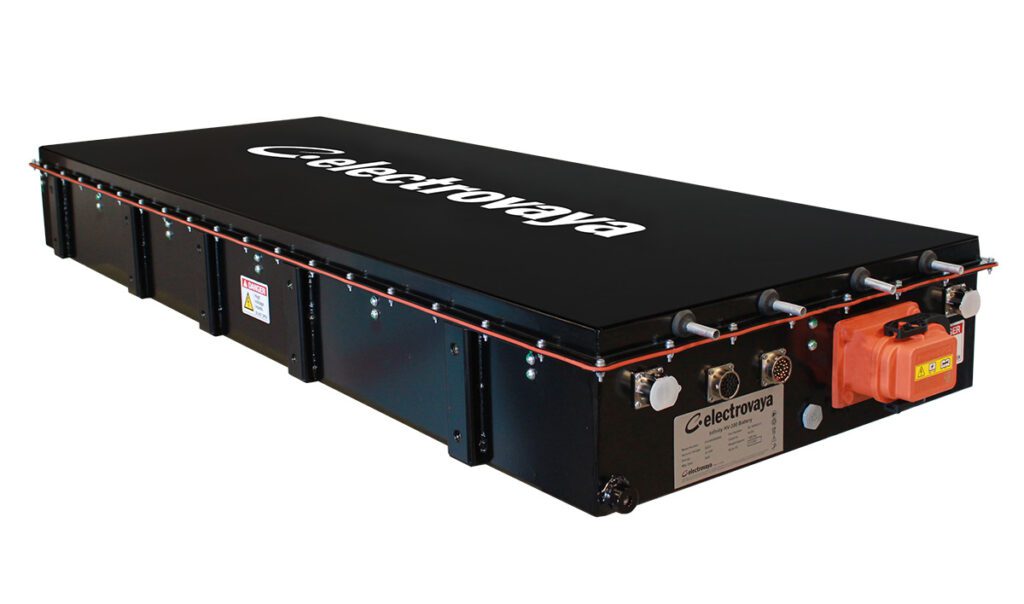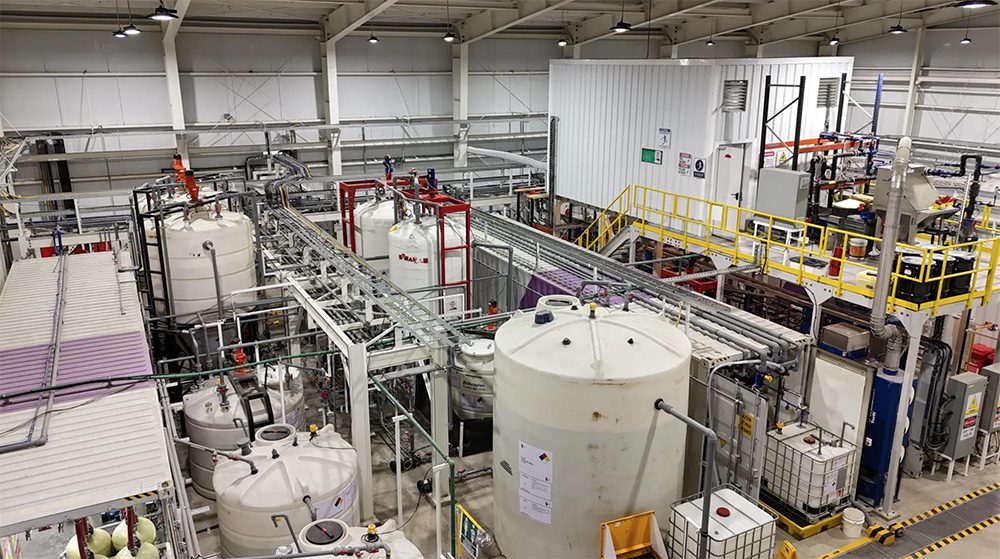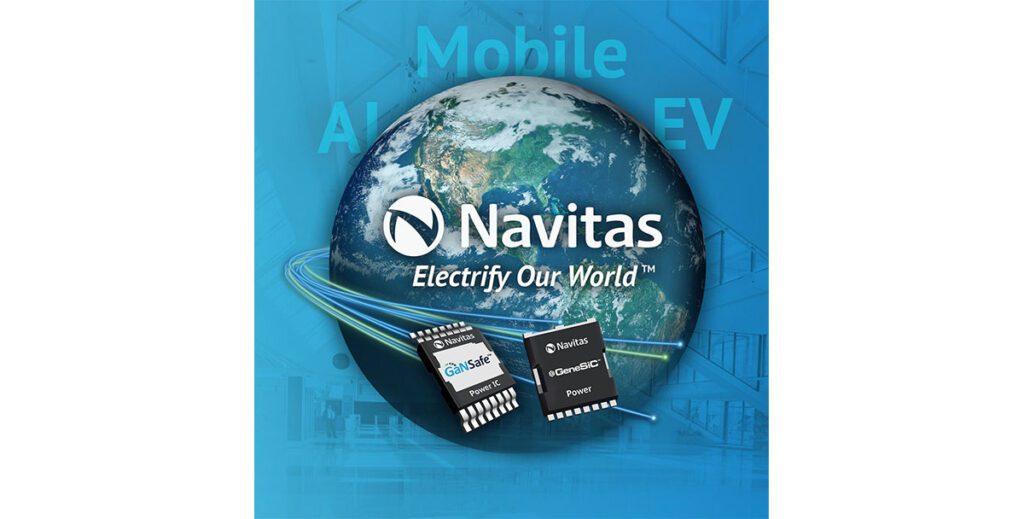The revamped federal EV tax credit is the most-discussed part of the Inflation Reduction Act, and there’s plenty to talk about. Like most government programs, it is complex, and like many, it aims to advance more than one goal. The main objective is of course to boost EV adoption from the demand side by making EVs more affordable—however, the new rules are also intended to pressure EV-makers to reduce their prices, and to produce more of their components here in the good old USA.
The revamped tax credit scheme is plainly a great improvement over its predecessor—it fixes several prominent problems with the previous law. While some fear that the “Buy American” provisions of the IRA could be hard for some automakers to meet, our take is that the industry will rise to the occasion. The more forward-looking automakers are already making strong moves to localize and clean up their supply chains, and as for the others…well, making it easy for automakers to stick to the status quo is not one of the goals.
Be that as it may, the industry (and we who write about it) badly need clarity—in the short time since the Act became law, much virtual ink has been spilled, and rumors have flown, but until now we haven’t seen a truly detailed explanation of how the new tax credits will work. The folks at Plug In America have apparently combed the verbose and pedantic depths of officialdom, and compiled a concise but comprehensive explanation, which we strongly recommend reading in its entirety.
One area that’s caused a lot of confusion is what we call the “Buy American” eligibility requirements. As PIA explains, there are four separate aspects to this, and they take effect on different timelines.
What is now called the Clean Vehicle Credit offers a tax credit of up to $7,500 to buyers of new plug-in or fuel cell vehicles. In order to receive any credit, vehicles must meet three sets of overall eligibility requirements: vehicle MSRP caps; buyer income caps; and the final assembly provision. The latter requires that the vehicle be assembled in North America, and this requirement is effective immediately. The provision also specifies that no parts of the vehicle can come from “foreign entities of concern.” This list naturally includes such perennial bugbears as Iran and North Korea, but as a practical matter, it’s aimed at two countries: China, which currently dominates the global supply of batteries; and Russia, which produces nickel and other critical raw materials. For battery components, the ban on foreign entities of concern takes effect after December 31, 2023. For critical minerals, the ban takes effect after December 31, 2024.
Thus, there are a number of EVs that are eligible for the credit for now, but could cease to be in the future. Automakers that rely on batteries and/or raw materials from deprecated nations have a year or two to rearrange their supply chains. Plug In America’s article includes a handy timeline displaying the dates on which the various provisions of the IRA will take effect.
It gets more complex. The $7,500 Clean Vehicle Credit is split into two equal parts, which have different eligibility requirements.
Vehicles that meet the Critical Minerals provision are eligible for half of the $7,500 credit. This requires that a certain minimum percentage (which will increase each year) of critical minerals must be extracted or processed in the US or a free trade partner country, or recycled in North America. This would seem to defuse EU concerns that the provisions could violate WTO rules (but don’t quote us on that).
Vehicles that meet the Battery Components provision are eligible for the other half of the $7,500 credit. This requires that a certain minimum percentage (which will increase each year) of battery components must be manufactured or assembled in North America.
So, which vehicles will qualify for how much of the credit, and when? Please don’t ask us, but you can check with PlugStar, Consumer Reports, the IRS or the DOE’s Alternative Fuels Data Center. And check back often, because the list of eligible vehicles is likely to change. Automakers want their products to be eligible, so they’ll be scrambling to bring their supply chains into compliance and/or bring their prices down (which is precisely how the IRA was designed to work).
There are several other wonderful goodies in the IRA: a tax credit for used EVs, which will be available in 2023; purchase incentives for charging stations; generous credits for commercial EVs; and a Point of Purchase Option, which will allow auto dealers to offer the tax credit to customers as a cash rebate (beginning in 2024). This last item was at the top of EV boosters’ wish list, as it will allow many more buyers to take full advantage of the incentive. The way the deal was set up before, only affluent buyers were generally able to take the full credit.
Source: Plug In America



















































































